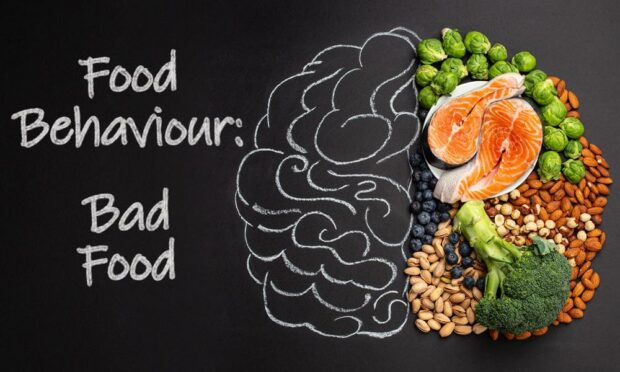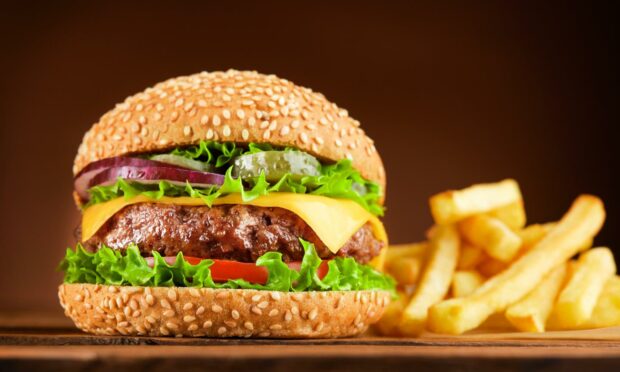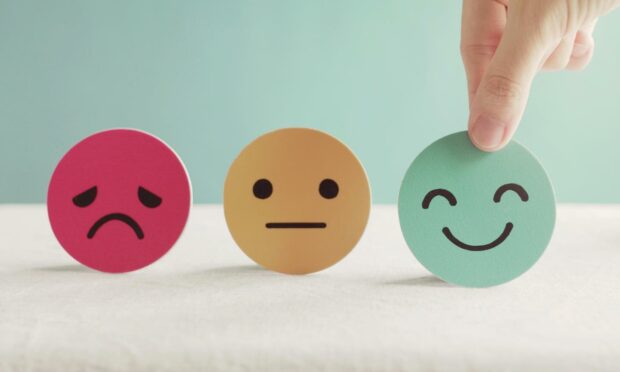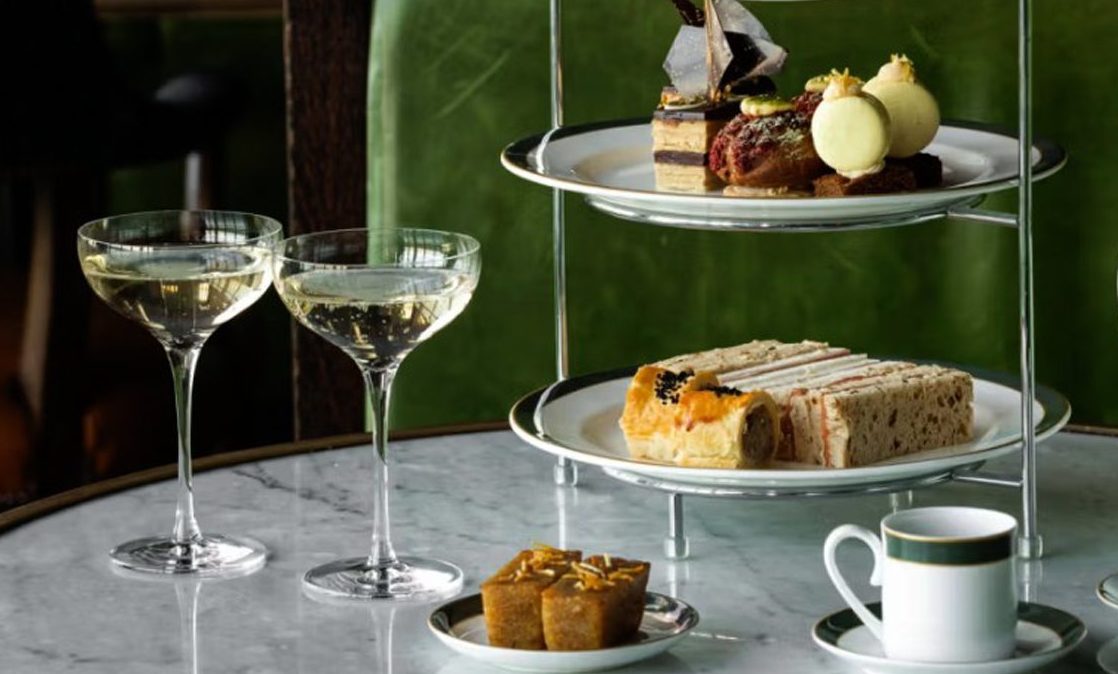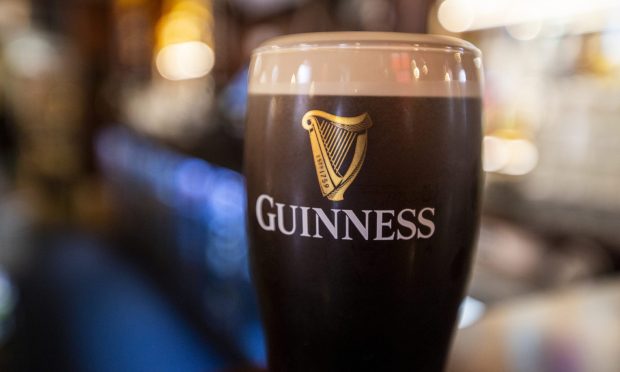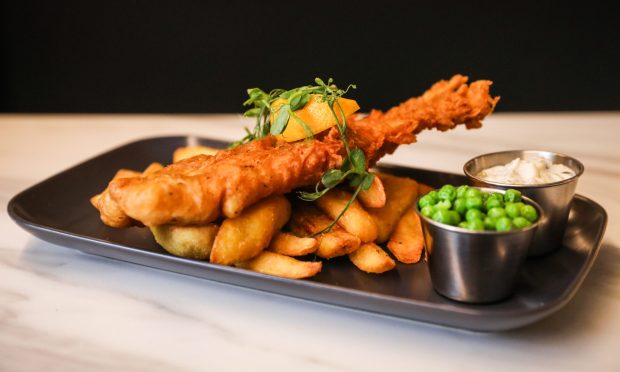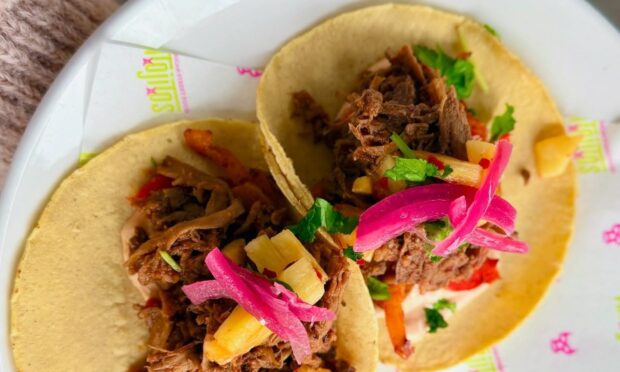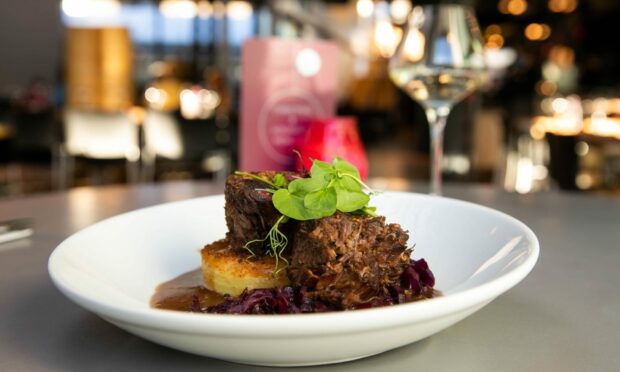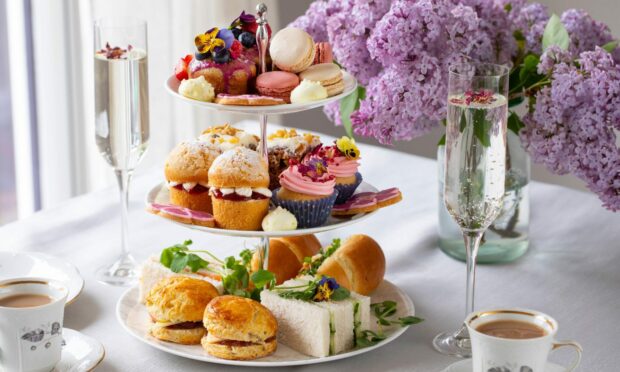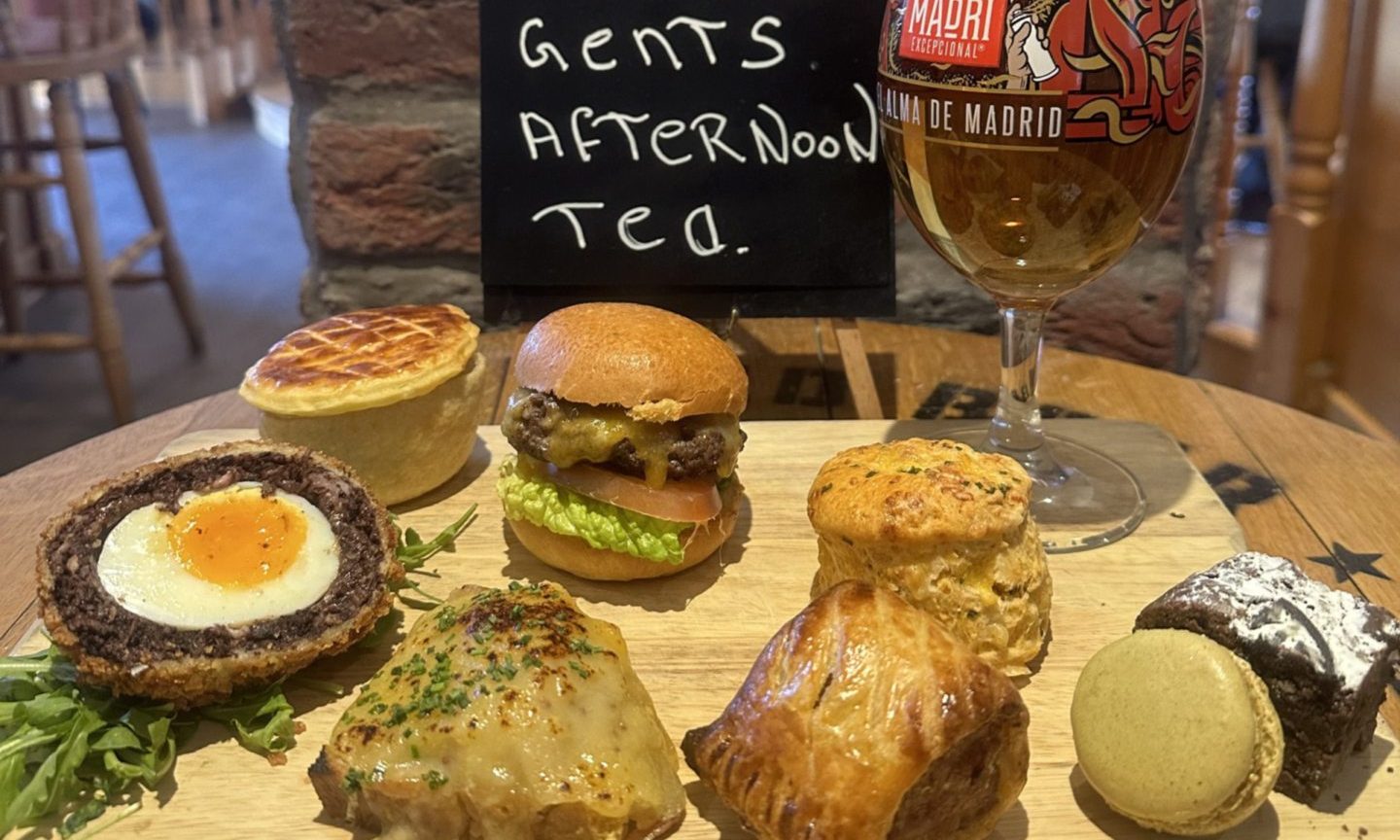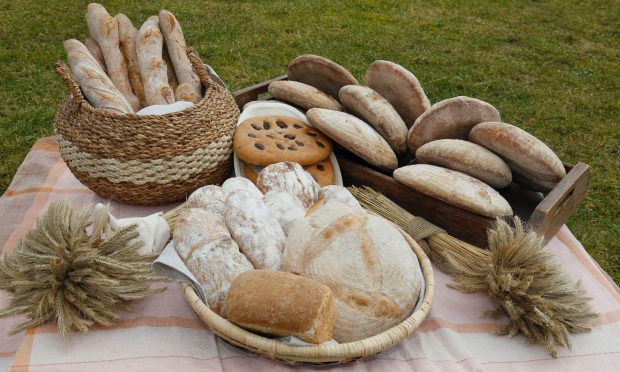Today’s behaviour series is about why there is no such thing as ‘good’ and ‘bad’ food, how these ideas can create food anxiety and how to avoid it.
The term ‘bad food’ or junk food can be dated back to as early as 1948, in an article from the Ogden (Utah) Standard-Examiner which headlined, “Dr. Brady’s Health Column: More Junk Than Food”.
They were defined as being anything made of white flour and/or refined white sugar or syrup. For example, crackers, ice cream sundaes, sweetened carbonated beverages, white bread and any sort of sweets.
From as early as the 1970s, marketing and advertising companies have used these ‘good’ and ‘bad’ foods in their campaigns.
One iconic advert for Fresh Cream Cakes in 1979 featuring Carry On and EastEnders star, Dame Barbara Windsor, is a prime example of this.
In the advert Dame Barbara Windsor says: “The way these cream cakes flaunt themselves! It’s enough to lead a girl astray…”.
Labelled ‘Naughty…but Nice!’ these adverts, as well as many others that have been created over the years, depict the idea of certain foods falling into a category of either being good or bad.
Nowadays, this has turned to a culture of a focus on healthy and unhealthy eating, as well as stereotypical labelling of foods.
What was once the idea of carbs and sugar being the enemy, has now evolved into the notion of cleaning eating vs. dirty indulgence.
Dirty food and guilty pleasures
So, what makes a foodstuff dirty?
Well for many it is the number of calories packed into the meal. Let’s take a burger for example; a traditional burger in a brioche bun will contain a beef burger, topped with fried bacon, cheese, lettuce, pickles, tomatoes, sometimes gherkins and fried onions.
If the recommended calorie intake per day for adults is 2,000 for women and 2,500 for men according to the NHS, this burger could amount to over 1,000 calories alone and if served with a medium portion of fries would total at around 1,380 calories.
Obviously, this is a massive intake of calories and in turn a huge amount of energy for the body.
With the intake for the rest of the day allegedly being only around 620 calories, it doesn’t leave much room to eat anything else.
As a result, individuals see these meals as a guilty pleasure that are bad for you because it has a high calorie number. But actually, this food is not ‘bad’ as long as its balanced out with other types of food that your body needs.
The ‘dirty’ food will often have high salt or sugar content as well as high saturated fats.
Our bodies need saturated fats as much as any other nutrient, however if these types of foods are eaten very regularly without balance it can be detrimental to health in the long term.
How does this affect our choices?
Have you ever engaged in ‘performative eating’? When you are sitting with a group of friends and one friend orders a salad. Despite the fact that you wanted a nice cheesy margherita pizza, you end up caving to the pressure and ordering a salad, too.
Or you are known as the ‘gym friend’ or ‘the healthy one’ who always eats well and doesn’t give in to the temptation of ‘bad’ food? Even when you want to indulge a little, you feel shamed by your peers for doing so and instead stick to your diet.
This type of feeling can be extremely detrimental to mental health and drastically influence decision making over food choices.
This anxiety around what you eat can lead to avoidance of many foods out of fear of being judged, or gaining weight due to excess calorie intake.
However, in most cases this type of lifestyle is not sustainable.
Many people will turn to comfort eating or gorge themselves with food when alone and end up overeating on food which doesn’t nourish the body nor help it develop.
Positive relationships with food are key
The take away message here is that we should try to remove this ‘guilt’ aspect from food, and instead understand what types of food our bodies need and eat a balance of them.
Having one meal that you overindulge is not going to make you gain weight overnight, but on a regular basis this could prove detrimental to your health.
Instead of subscribing to a ‘quick fix’ diet mentality it is much healthier to try and incorporate a small amount of exercise each day into your life, and eat those foods that make you feel positive.
Keeping this positive relationship with food can help us to stay healthy and ensure we are prioritising our mental well-being just as much as our physical state.
The NHS have eight top tips to help you stay healthy which I highly recommend:
- Base your meals on higher fibre starchy carbohydrates
- Eat lots of fruit and veg
- Eat more fish, including a portion of oily fish
- Cut down on saturated fat and sugar
- Eat less salt: no more than 6g a day for adults
- Get active and be a healthy weight
- Do not get thirsty
- Do not skip breakfast
If you are experiencing food anxiety or need help with your mental health, you can refer yourself, or your GP can refer you to the NHS.
